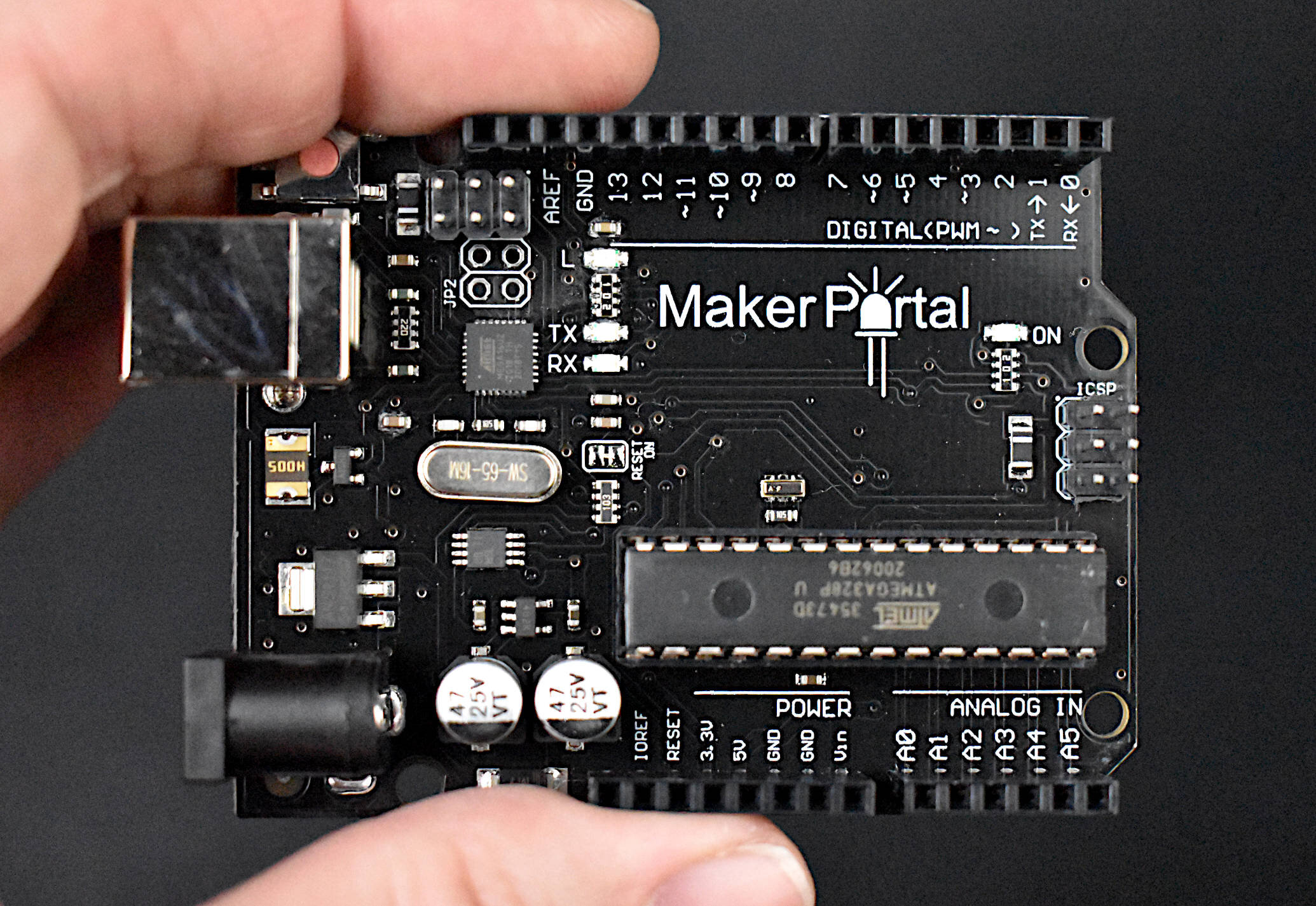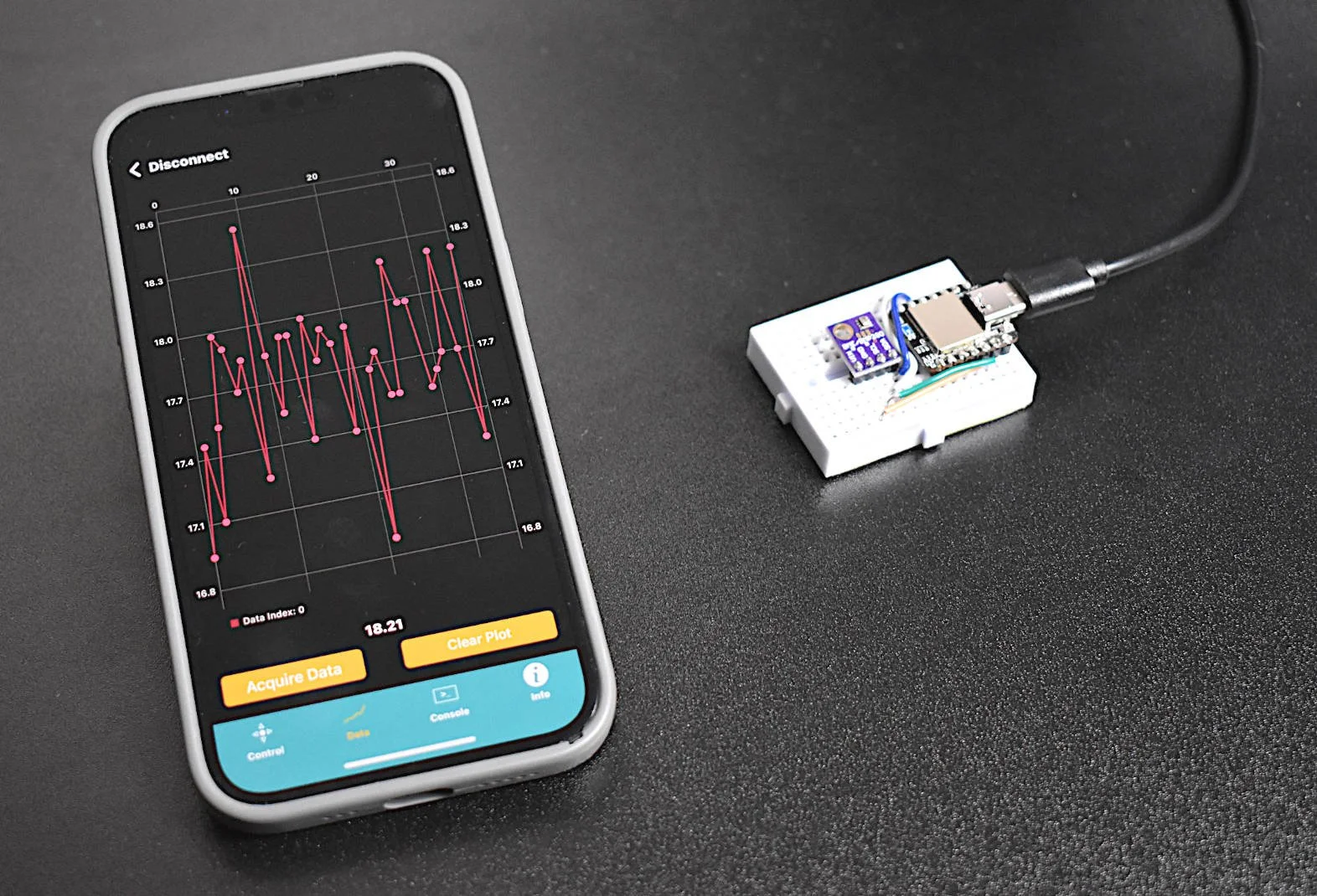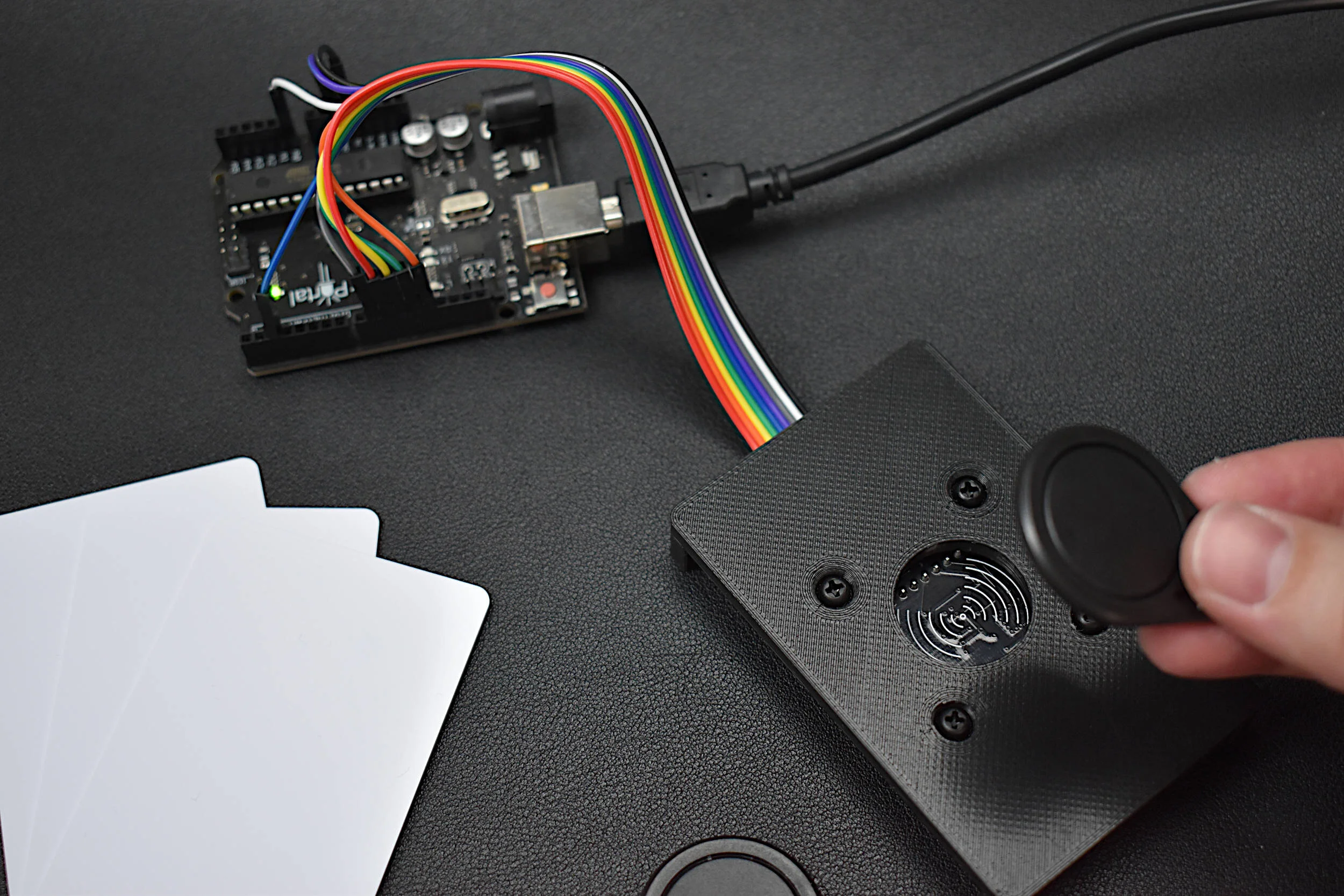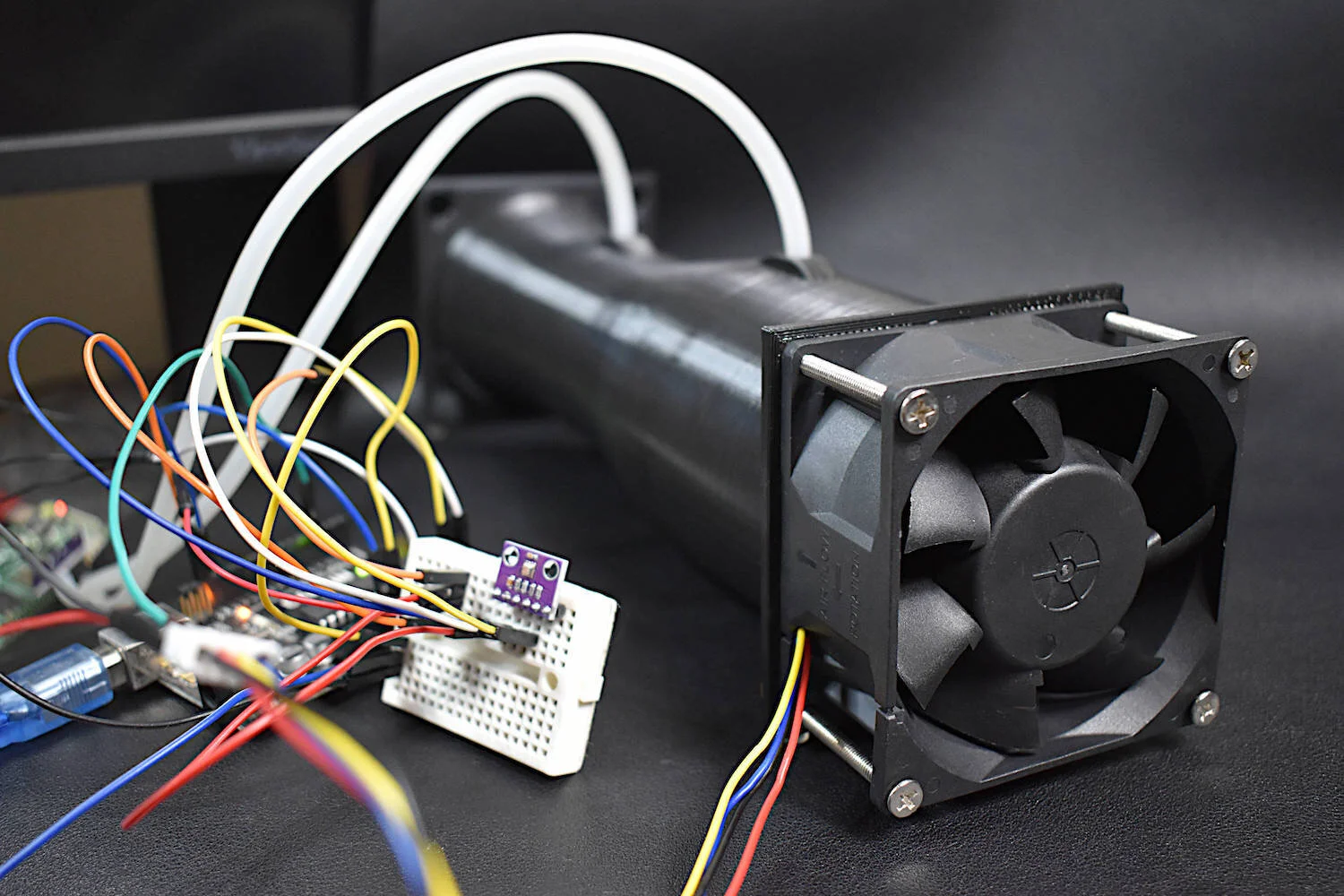Arduino - The Maker's Toolbox
Arduino naturally follows the Raspberry Pi when discussing maker culture and burgeoning engineers. Often, the first projects undertaken by engineering students involve Arduino boards to some capacity. Since the mid 2000s, Arduino has been developing its hardware and software to compete with the DIY electronics boom and it has (arguably) emerged as the winner. There are several boards available depending on the scale of the project, however, none is as ubiquitous as the Arduino Uno.
Schematic of the Arduino Uno
The Arduino Uno serves as the baseline for all beginner electronics enthusiasts. It has 6 analog inputs, 14 digital inputs, 32 KB flash memory, a 16 MHz clock, and weighs less than an apple [see more here]. The Uno board is a heavyweight microprocessor and has a comprehensive and prodigious open-source library to prove it.
Arduino has its own integrated development environment (IDE) of its own aptly entitled The Arduino Software IDE. The IDE uses primarily C/C++ notation and is fairly simple to follow and understand. Between the immense open-source community and the numerous online tutorial available on the web, its no hassle to get started with the Arduino Uno and its IDE.
The hardware and breadth of available software make Arduino a foundational starting point for young engineers interested in electronics and micro-control applications. Several different boards will be explored throughout the contents of this blog, with the IDE as the central programming component for each Arduino-based project. Occasionally, the Raspberry Pi will be used in conjunction with Arduino, but not exclusively - at times there will be communication with smartphones. Lastly, it is important to note the difference between the Raspberry Pi and Arduino - the Arduino is a low-power, efficient microcontroller; whereas, the Raspberry Pi is a high-functioning mini computer. The Arduino can be thought of as the worker but needs to be programmed by the Raspberry Pi. The Arduino is trained to do a job and does it relentlessly, which is why it is reliably used as a controller for numerous projects related to: home automation, video games, data measurement and analysis , robotics, speech recognition, and countless others.
- Blog title image courtesy of oomlout under CC BY-SA 2.0
See more in Arduino:











